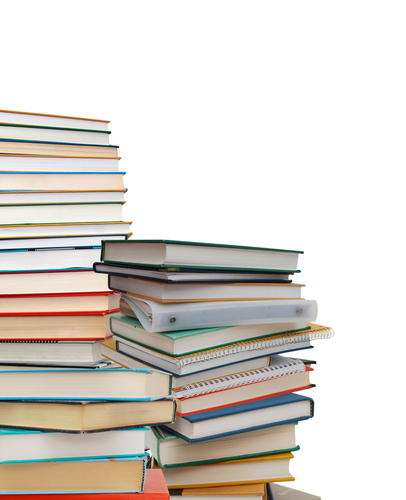Instruction
1
Conversational style.
Conversational style is used for everyday communication, when a man shares his feelings or thoughts with others in an informal setting. It has a spoken and colloquial language. This style differs from the other large semantic capacity, colorfulness, it gives your speech expressiveness, and brightness.
Speech genres: the dialogue, the conversation, the private conversation or private email.
Language tools: imagery, simplicity, emotionality, expressive vocabulary, the use of introductory words, interjections, repetitions of words appeals.
Conversational style is used for everyday communication, when a man shares his feelings or thoughts with others in an informal setting. It has a spoken and colloquial language. This style differs from the other large semantic capacity, colorfulness, it gives your speech expressiveness, and brightness.
Speech genres: the dialogue, the conversation, the private conversation or private email.
Language tools: imagery, simplicity, emotionality, expressive vocabulary, the use of introductory words, interjections, repetitions of words appeals.
2
The scientific style.
The main function of the scientific style of message information, facts, and proof their truth.
Speech genres: the research article, monograph, academic books, report, thesis, etc.
Language tools: terminology, availability of scientific words, professionalisms, abstract vocabulary.
Features of style: the predominance of nouns in a sentence, the consistency, accuracy, validity, certainty, universality, objectivity.
The main function of the scientific style of message information, facts, and proof their truth.
Speech genres: the research article, monograph, academic books, report, thesis, etc.
Language tools: terminology, availability of scientific words, professionalisms, abstract vocabulary.
Features of style: the predominance of nouns in a sentence, the consistency, accuracy, validity, certainty, universality, objectivity.
3
Official business style.
Used to inform people in a formal setting. The official style is used in the following documents: laws, orders, receipts, statements, protocols, etc. Scope of application this style is right, the author may speak as a lawyer, diplomat, lawyer or just a citizen.
Stylistic features: precision, standardisierung, lack of emotion, the presence of speech patterns, use of terminology and abbreviations.
Used to inform people in a formal setting. The official style is used in the following documents: laws, orders, receipts, statements, protocols, etc. Scope of application this style is right, the author may speak as a lawyer, diplomat, lawyer or just a citizen.
Stylistic features: precision, standardisierung, lack of emotion, the presence of speech patterns, use of terminology and abbreviations.
4
The journalistic style.
Publicistic style is to inform people in the media. This style can be found in reports, articles, interviews, essays, oratory. Information to be communicated in a journalistic style, designed not for a narrow circle of people, and for wider society.
Stylistic traits: emotionality, prisebnost, logical evaluation.
Publicistic style is to inform people in the media. This style can be found in reports, articles, interviews, essays, oratory. Information to be communicated in a journalistic style, designed not for a narrow circle of people, and for wider society.
Stylistic traits: emotionality, prisebnost, logical evaluation.
5
The artistic style.
Used in the literature. The purpose of art is to influence the reader and convey the feelings and thoughts of the author, his experiences.
Stylistic traits: emotional speech, imagery, the use of all the resources of the vocabulary.
Used in the literature. The purpose of art is to influence the reader and convey the feelings and thoughts of the author, his experiences.
Stylistic traits: emotional speech, imagery, the use of all the resources of the vocabulary.
